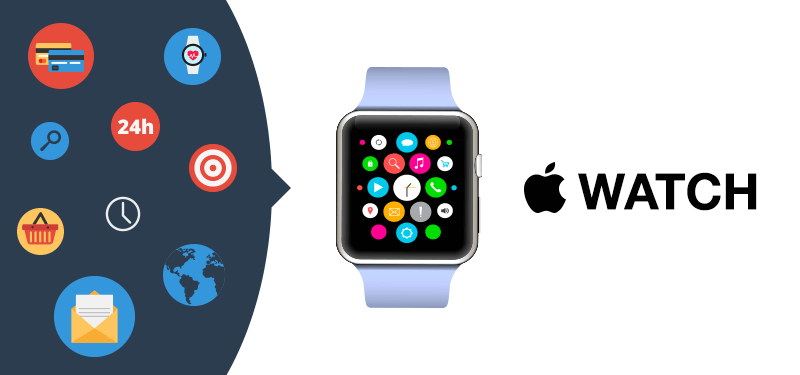Now that’s something which you would call unbelievable. But this is true! We have technology in more advanced form now. Evidently, the app trend, for instance, has revolutionized the civilization with its effective reach to the people through the evolution of smartphones and other likewise devices. These inventions have added conveniences on a day to day life of individuals. Consequently, a high rise in the sector of mobile application development could be found all over nowadays.
What Exactly is a Wearable App?
Over the years, various renowned brands have been working upon this technology. Google Glass, Apple’s Watch iOS 2 and the upcoming Atlas wristband are some of the instances in this regards. Hence, one could get the idea of what would be the actual picture of future technology. However, one of the aspects associated with this technology is the development of app which also is not as easy as it may seem. With wearable facets covering various sectors such as fitness, trends and even medical science the developers need to consider the development of applications keenly. Let’s face it. In this era where everyone is used to computers along with mouse and keyboard, could you guess it so easy to develop a program for a system that doesn’t rely on the hardware devices?
Certainly, it would be a no!
But this is where the science of wearable technology stands apart from others. As the analysts are viewing this as a trend of tomorrow’s world, so the market is high for wearable developers and engineers. However, this field has been mostly provocative when it comes to the wearable app development.
Take a look at some of the following factors
On being compared with handheld devices- One of the challenges faced by app developers while wearable programming is exactly the same as that of the handheld devices. This includes battery life, smaller screen size along with less computing capacity. However wearable devices are superior to that of the handheld devices in terms of usage. User Interfaces- Wearable devices are interacted by users from various devices such as smartphones, tablets etc. As such this technique is used for the purpose of simple and quick user interactions with the apps. Other than that users feel it more engaging when they find the devices implemented with the features like wide glances and navigability. Preferred functionality- One of the advantages of wearable technology is the mobility and user-friendly features. Providing the same configurations and properties like other mobile services is an old practice. Rather than that, effective solutions and functionalities should be provided as per the preferences of a user. The utility of APIs- Albeit wearable is a new technology, but still, most of the APIs for the devices have not been completely developed. Though, there are various other ways through which the APIs could be installed to the devices. Platform dependency- It’s better if a wearable technology has been configured with cross-platform capability. Meaning, an app instead of being designed for an individual device should be operational for multiple devices. This would also provide scope to the developers to provide their designed application to the users regardless of their selection of devices. One of the facades to consider while opting for the wearable technology is the distinctness. No two wearable products should possess the same properties. That would result in nothing, other than just bringing the products in abundance. Wearable technology has been a recent buzz. The society has witnessed some amazing inventions from this technology. There are chances that wearable devices may have a good scope for the future hence there are rapid developments in this sector. However, this technology is proving a challenge for developers, but every issue has a solution and wearable technology too is not an exception.
